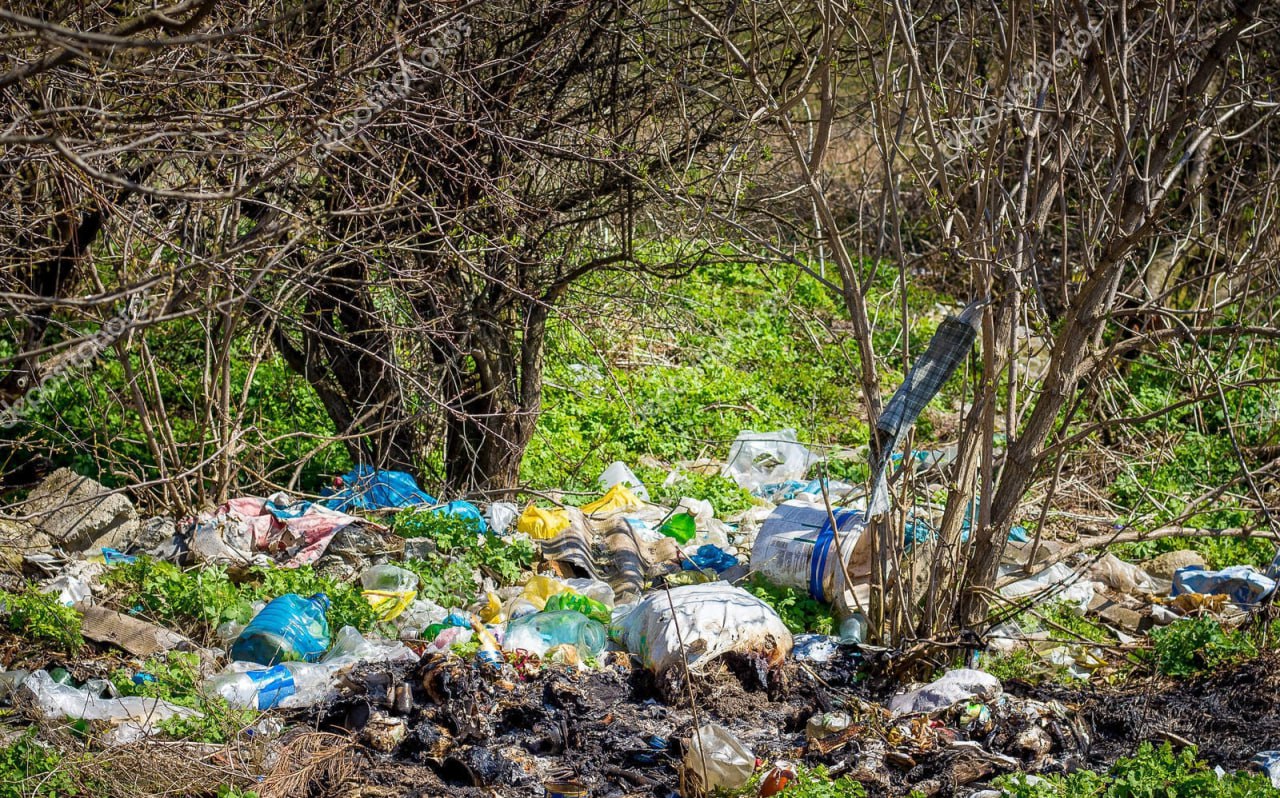Hamid Mollazadeh
In the lush coastal provinces of northern Iran—Gilan, Mazandaran and Golestan—where once pristine forests, rivers and Caspian Sea shorelines offered scenes of breathtaking beauty, the landscape is now increasingly overtaken by waste. Mountains of garbage in places such as Saravan (Gilan) and numerous rural roadsides are now emblematic of what experts describe as “one of the gravest environmental crises in Iran’s modern history.”
Health impacts are becoming acute. Unregulated landfills and open burning of waste produce large volumes of toxic leachate, which seeps into groundwater, rivers and soils. In Saravan alone, it is estimated that each ton of waste produces over 400 liters of leachate daily. The resulting contamination has been linked to rising skin diseases, gastrointestinal illnesses and respiratory problems among local residents. Breathing becomes harder as incineration and decay release Sulphur oxides, dioxins and fine particulates. The region lies adjacent to the ancient Hyrcanian forests — a UNESCO World Heritage site — whose ecosystem services are now threatened. From an economic perspective, the toll is heavy. According to an official at the Department of Environment of Iran, improper disposal of waste across Iran causes damage estimated at some US$1.7 billion per year. In the Northern provinces, waste generation is especially high: daily production in Gilan and Mazandaran reaches thousands of tons, much of which is dumped in forests, along rivers and near shorelines. Municipalities face skyrocketing costs for collection, transport and dumping, while lacking proper recycling or treatment infrastructure. The result: regional budgets are strained and investment diverted from other priorities.
Stark Reality
Tourism, a critical economic pillar for the north, is also under threat. Decades of promoting green forests, clean beaches and calm Caspian excursions are colliding with the stark reality of trash-strewn landscapes, foul odors and polluted waterways. Visitors expecting idyllic nature now encounter piles of waste, contaminated rivers and closure of riverside recreation spots. Local industry executives warn that the reputation of the region is at stake. When key natural amenities are damaged, tourist inflows — and the revenue they bring — decline. In turn, jobs and livelihoods in service sectors, hotels, restaurants and transport are jeopardized.
Despite repeated promises by authorities to build waste-to-energy plants, sanitary landfills and recycling facilities, implementation has stagnated. Many of the existing landfill sites do not meet even minimum sanitary standards, and the northern region’s high groundwater table makes conventional landfilling especially dangerous. Meanwhile, only about 10–17% of municipal waste is recycled nationwide, far below levels in comparable countries where recycling rates approach 50-70%.
The package of environmental neglect, weak governance and accelerating consumption is converging into a multi-dimensional crisis in northern Iran. A failure to act decisively now risks entrenching health burdens, eroding natural capital, undermining the tourism economy and locking in costly remediation obligations for decades. Unless integrated policies succeed in reducing waste generation at source, expanding recycling, enforcing sanitary disposal, and rehabilitating contaminated sites, the green facade of Iran’s Caspian-adjacent provinces may be lost—and with it, the livelihoods and wellbeing of their inhabitants.


